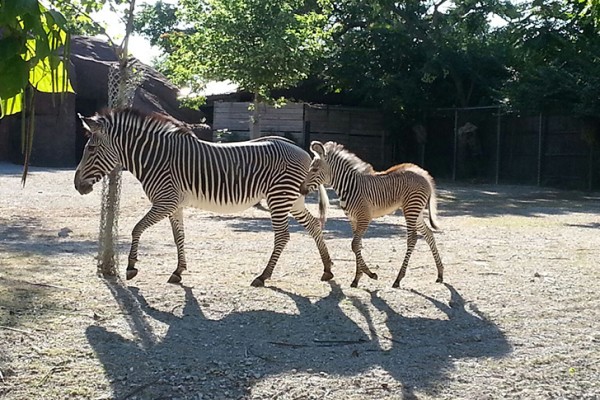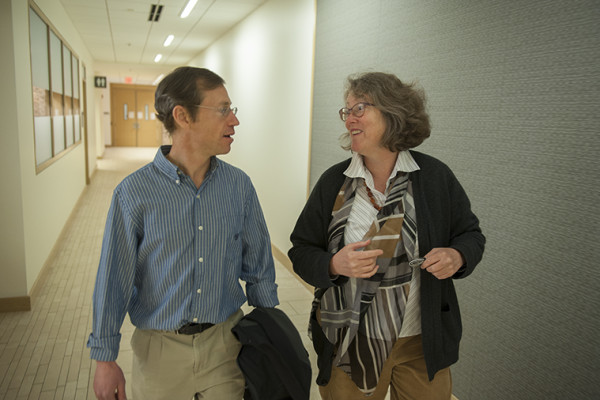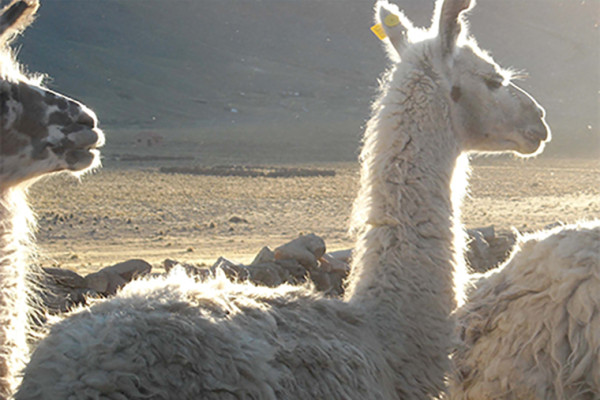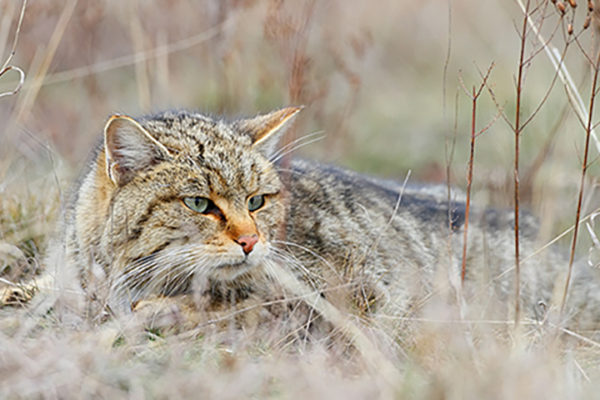Secrets of the ‘lost crops’ revealed where bison roam
Research from Washington University in St. Louis helps flesh out the origin story for the so-called “lost crops” of the Midwest and Northeast. These plants that may have fed as many Indigenous people as maize, but until the 1930s had been lost to history. Natalie Mueller, assistant professor of archaeology in Arts & Sciences at Washington University in St. Louis, shares evidence that bison were “co-creators” — along with Indigenous peoples — of landscapes of disturbance that gave rise to greater diversity and more agricultural opportunities.
The cat’s meow: Genome reveals clues to domestication
Cats and humans have shared the same households for at least 9,000 years, but we still know very little about how our feline friends became domesticated. An analysis of the cat genome by School of Medicine researchers reveals some surprising clues. Pictured is a blue Abyssinian cat.
Baby zebra is latest success in university-zoo research partnership
The recent birth of a female Grevy’s zebra foal at the Saint Louis Zoo marks another milestone in a long-running Washington University in St. Louis research partnership that is making significant contributions to the preservation of Grevy’s zebra and the equally endangered African wild ass.
More questions than answers as mystery of domestication deepens
A recent interdisciplinary conference that led to the publication of a special issue of PNAS on domestication raised more questions than it answered. Washington University in St. Louis scientists Fiona Marshall and Ken Olsen, who participated in the conference and contributed to the special issue, discuss some of the key questions that have been raised about this pivotal event in human history.
The story of animal domestication retold
A review of recent research on the
domestication of large herbivores for “The Modern View of
Domestication,” a special feature of PNAS, suggests that neither intentional
breeding nor genetic isolation were as significant as traditionally
thought.
Cat domestication traced to Chinese farmers 5,300 years ago
Five-thousand years before it was immortalized in a British nursery rhyme, the cat that caught the rat that ate the malt was doing just fine living alongside farmers in the ancient Chinese village of Quanhucun, a forthcoming study in the Proceedings of the National Academy of Sciences has confirmed.
Rice domestiction confiirmed genetically
Photo courtesy USDASchaal rice one.Biologists from Washington University in St. Louis and their collaborators from Taiwan have examined the DNA sequence family tree of rice varieties and have determined that the crop was domesticated independently at least twice in various Asian locales. Jason Londo, Washington University in Arts & Sciences biology doctoral candidate, and his adviser, Barbara A. Schaal, Ph.D., Washington University Spencer T. Olin Professor of Biology in Arts & Sciences, ran genetic tests of more than 300 types of rice, including both wild and domesticated, and found genetic markers that reveal the two major rice types grown today were first grown by humans in India and Myanmar and Thailand (Oryza sativa indica) and in areas in southern China (Oryza sativa japonica). More…





